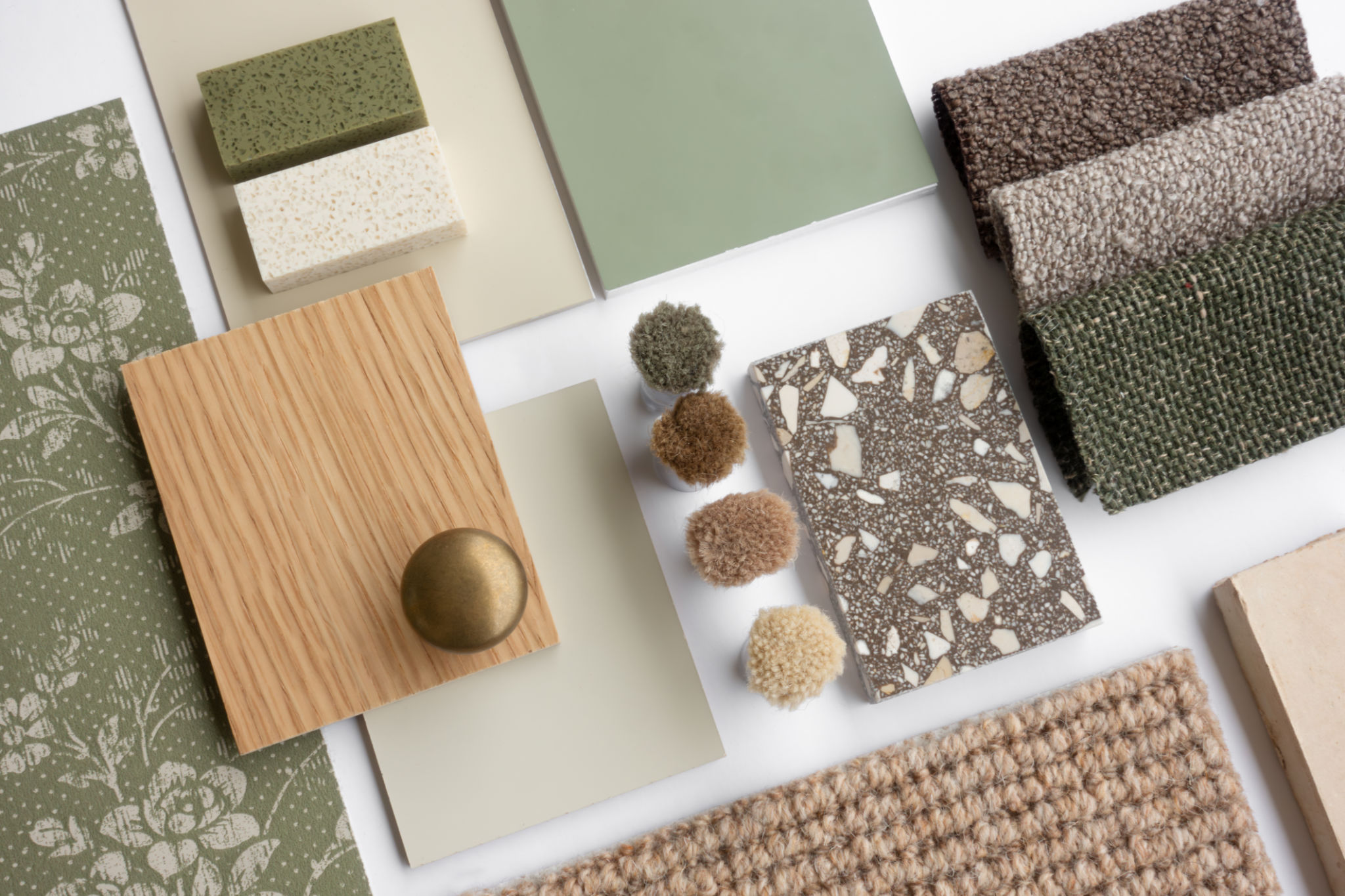How to Differentiate Your Home with Unique Interior Designs
Understanding Your Style
The first step in differentiating your home with unique interior designs is to understand your personal style. Are you drawn to modern, minimalist designs, or do you prefer a cozy, rustic feel? Knowing what appeals to you will help guide your decisions and ensure that your home reflects your personality. Spend some time browsing through design magazines or online platforms to gather inspiration.
Once you have a clear idea of your style, consider creating a mood board. This can be a physical board with fabric swatches, paint chips, and magazine cutouts, or a digital version using a tool like Pinterest. A mood board will help you visualize how different elements work together and keep you focused on your design goals.

Playing with Color
One of the most effective ways to make your interior space stand out is by using color creatively. While neutral tones are safe and timeless, they can also be dull if overused. Consider incorporating bold colors through accent walls, furniture pieces, or decorative accessories. The key is to find a balance that suits your taste without overwhelming the space.
Don't be afraid to experiment with color combinations. Pairing unexpected hues can create a striking visual impact. For example, a deep navy wall can be beautifully complemented by mustard yellow accents or rich emerald green furniture. Remember, color has the power to transform a room and set the mood.
Textures and Patterns
Incorporating a variety of textures and patterns is another way to add depth and interest to your home. Mixing materials like wood, metal, and glass can create a dynamic look that feels layered and sophisticated. Consider using tactile elements such as velvet cushions, woven throws, or a sisal rug to enhance the sensory experience of a room.

When it comes to patterns, don't shy away from bold prints. Whether it's geometric shapes, floral motifs, or abstract designs, patterns can inject personality and energy into any space. Use them strategically on feature walls, upholstery, or drapery to create focal points that draw the eye.
Personalized Accessories
Your home should tell your story, and one way to achieve this is by including personalized accessories. Displaying cherished items like family photos, travel souvenirs, or handmade crafts can make a space feel uniquely yours. These personal touches not only add character but also serve as conversation starters when guests visit.
Consider rotating your accessories seasonally to keep the decor fresh and engaging. A curated collection of books, artwork, or pottery can be displayed on open shelves or mantels to reflect your evolving tastes and interests.

Lighting as a Design Element
Lighting is often overlooked but plays a crucial role in interior design. It can dramatically alter the ambiance of a room and highlight architectural features or artwork. Layered lighting options, such as pendant lights, table lamps, and floor lamps, offer flexibility in creating different moods.
Select fixtures that double as decorative elements. A statement chandelier or an industrial-style floor lamp can become focal points in a room while providing practical illumination. Remember to consider dimmable options for added control over the atmosphere.
The Final Touches
To truly differentiate your home with unique interior designs, pay attention to the final touches that complete the look. This includes thoughtful details such as coordinating hardware finishes, selecting complementary soft furnishings, and ensuring a cohesive flow between rooms.
Ultimately, the goal is to create a space that feels inviting and reflects who you are. By incorporating these elements thoughtfully and intentionally, you'll transform your home into a place that stands out for all the right reasons.
